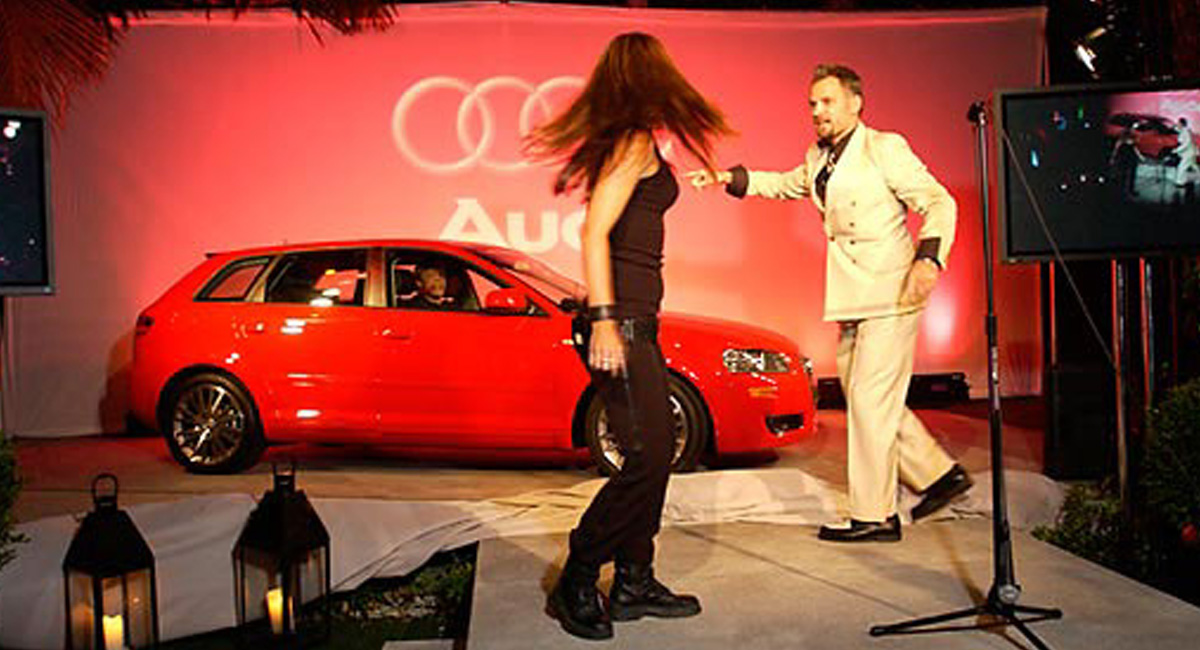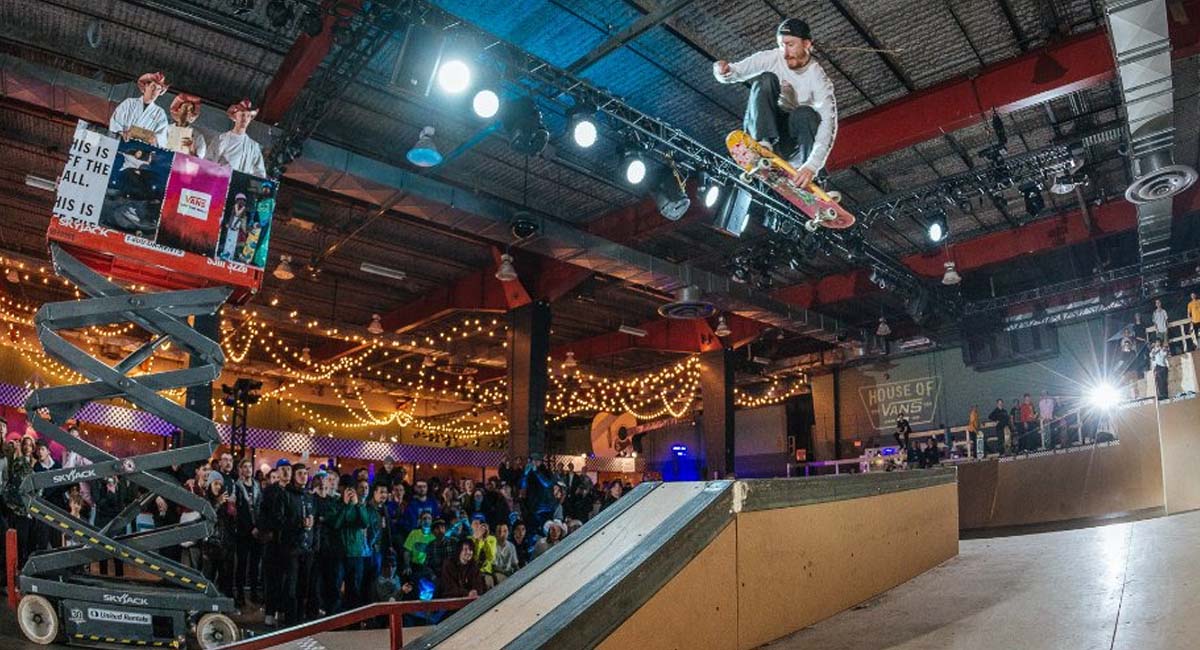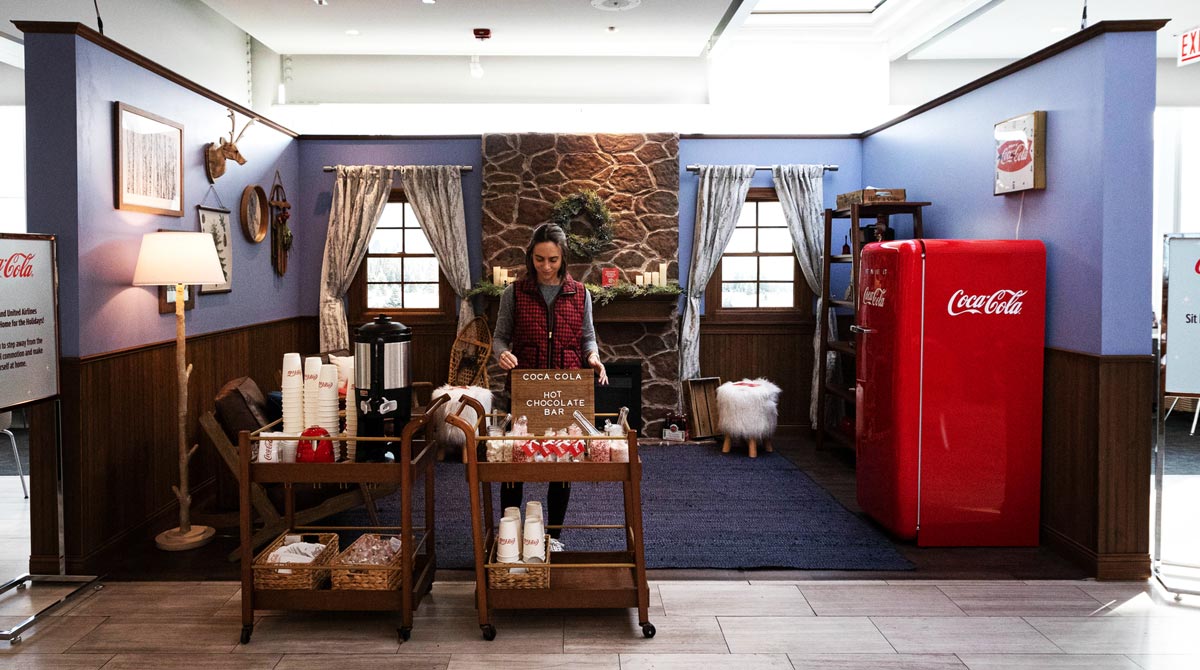Back in 1893, the marketing executives at Wrigley may not have intended to employ an experiential marketing strategy when they decided to give away their now iconic gum with each purchase of their baking powder. Still, this single decision paved the way for Wrigley’s to become a lasting brand and household name. Marketing strategy has come a long way since the 19th century. However, the future of experiential marketing is still anchored in the same intention: to create a memorable customer experience with the goal of increasing brand awareness and loyalty.
In this article, we’ll highlight some of the key moments throughout the history of experiential marketing and give you our take on what the future holds for this now-ubiquitous approach to building a modern brand.
The Future of Experiential Marketing has Roots in the Past & Present
Although technology has made experiential marketing more immersive, expansive, and awe-inspiring throughout the decades, one thing remains the same: the best experiences have always been about telling a story.
Immersive experiences help bring a brand to life for a customer – whether that’s handing out samples, giving away coupons as Coca-Cola did all the way back in 1899, or creating daytime television dramas, aka “soap” operas to promote P&G products, experiential marketing has been an effective way for brands to reach consumers and make a lasting impression on them for well over 100 years.
Walt Disney took things a giant step further with Disneyland in 1955, building an expansive, character-rich theme park steeped in brand experience. Disney’s brilliance was in creating an attraction so rich in entertainment and fun for all ages that visitors don’t often realize they’re being marketed to.
 Source: https://www.behance.net/gallery/25654647/Audi-USA-Art-of-the-Heist
Source: https://www.behance.net/gallery/25654647/Audi-USA-Art-of-the-Heist
Another more contemporary, yet splashy example is Audi’s “Art of the Heist” campaign by immersive marketing agency, Campfire. In it, the luxury car company staged the theft of the brand's first-ever A3 to land in the US from one of its dealerships and created a reality-blurring, interactive virtual and in-person participatory whodunit mystery to engage audiences. A jaw-dropping 500,000 people participated. If you aren’t familiar with this one be sure to check it out – it garnered 10,000 leads and earned more than 2 million unique visitors to AudiUSA.com.
But experiential or engagement marketing isn’t always so over the top. In 1975, Pepsi, the underdog cola, rolled out “the Pepsi Challenge,” setting up in malls and inviting consumers to engage in blind taste tests of its product vs Coke, then filming some of those episodes and turning them into commercials. By “proving” to customers that the taste of Pepsi was preferred, the brand generated a lot of buzz and enjoyed a lift in market share.
Experiential Marketing Today
Today, experiential marketing is the norm, rather than the exception. If a brand is not engaged in immersive, branded experiences they are considered to be underperforming. Major brands are showing up at popular sporting events and festivals with pop-up activations like Haagen-Daaz’s photo booth at Wimbledon. And HBO’s “Bleed for the Throne” campaign at ComicCon had attendees donating blood at its Game of Thrones-themed VR experience. Brands are also partnering to create one-of-a-kind experiences for guests in unexpected places like United Airlines and Coca-Cola teaming up for a cozy, nostalgic winter lounge at the Chicago O’Hare Airport.
 Photo: Ryan Lebel (https://dailyhive.com/vancouver/house-of-vans-canada-pop-up-vancouver)
Photo: Ryan Lebel (https://dailyhive.com/vancouver/house-of-vans-canada-pop-up-vancouver)
Other brands are creating experiential events that draw the customer to them. Vans’ House of Vans has popped up in major cities from Chicago to London and feature concert venues, skateparks, workshops, and art installations, building brand loyalty by connecting with their customers in related but wholly separate ways than promoting sneakers. House of Vans demonstrates how well the brand knows its ideal customer, and not just what they like in a shoe.
Modern experiential marketing or XM, as it’s sometimes called, embraces an omnichannel, hybrid virtual, and in-person approach. Red Bull is famous for taking its marketing strategy literally to new heights with its “Stratos” campaign and its subsequent adventure videos and documentaries featuring X Games and other untraditional sports stars. This approach is becoming foundational to using XM effectively and is a big part of what we’ll see going forward.
The Future of Experiential Marketing
So what does the future of experiential marketing look like? Expect more technology, more collaboration, and more omni-channel or transmedia approaches to blur the lines between the virtual and physical worlds. However, storytelling should remain central to success, and any effort should start with a well-thought-out, customer-centric strategy. It’s vital not to employ stunts, VR, or AR just for the sake of technology trends.
We predict unexpected brand partnerships or brand collaborations with artists, musicians, and even museums. VR and AR will continue to change the way we shop and interact online, and brands will find new ways to create online experiences that, not unlike coupons for free Cokes, allow consumers to try before they buy.
We also believe brands will create more destination-worthy immersive spaces that attract, entertain and delight consumers and engage them in creative ways. These spaces will likely be multi-sensory, with online or virtual components, and provide an experience that translates their brand value in a memorable way and encourages participants to share their experiences on social media and through word of mouth.
Experiential marketing has evolved throughout the decades, and brands have become increasingly creative and sophisticated in inspiring and connecting with their audiences. Understanding the history, studying present-day efforts, and looking toward the future of experiential marketing can help brand managers, CMOs, and business owners capitalize on one of the fastest-growing and most successful approaches to growing brands and ensuring ROI for marketing budgets.
Building a branded experiential event requires planning, strategy, and execution – not to mention design, fabrication, and installation. It’s a lot to take on without the help of an experienced, full-service partner. Ready to create an unforgettable experience for your brand? Need a plan to get you there? Book a free, no-pressure, consultation with Bridgewater Studio today.


.png)
.png)
.png)








